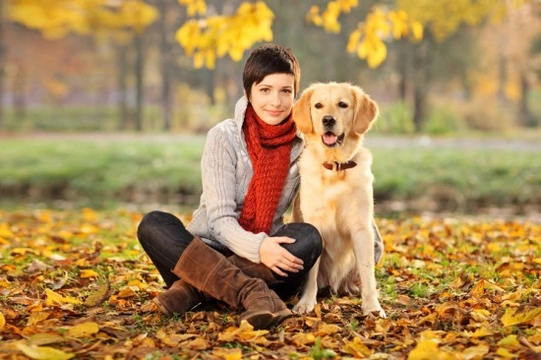
Breast cancer and domestic pets
It often comes as a surprise to pet owners to learn that pets such as cats and dogs can develop breast cancer in the same way that people can, and there is a considerable lack of awareness about this issue among pet owners as a whole.In terms of cancers in dogs, breast lumps are the most commonly occurring tumours and in cats, breast cancer is the third most commonly occurring tumour. When faced with statistics like that, it is understandably important to be on the lookout for the signs and symptoms of breast cancer and tumours in your pet, and know what to do about them if you find any. Read on to learn more about breast cancer in pets and what you can do to detect and prevent it.
Make sure you are looking in the right place
While on human beings, the breasts are front and centre and easy to find, on pets it can be slightly more difficult. The breasts are not in the chest area at the front of your dog or cat, but the nipples and mammary glands that you need to check over run along your pet’s belly in two straight lines extending from just underneath your pet’s armpit, all the way back to a few inches in front of the groin. How easy or hard it is to find all of them greatly depends on the size of your pet- larger dogs will understandably be easier to examine than smaller dogs and cats.
Checking your pet for abnormalities
Every responsible pet owner knows that it is important to have their animal health checked by the vet on an annual basis, but you should also check your pet over for any lumps, bump and abnormalities yourself. Every couple of months, give your cat or dog a good check over from the head, down the body, chest and belly to the legs, paws and tails, and be on the alert for anything out of the ordinary. In order to check the mammary glands specifically for anything odd, first do this while your pet is standing up, running your hand lightly along the line of the nipples and checking for any hard tissue, swellings, lumps, sore areas or masses under the skin. If your pet has previously had a litter, her nipples will probably be more pronounced than those of a neutered pet, and some pets will have fatty tissue under the nipples that can make checking them over more of a challenge.If you can also encourage your dog or cat to roll over onto their back so that you can check them over a second time from a different angle, this is great, but not all cats (and some dogs) will tolerate this!
What to do if you find an abnormality
As with human cancers, early detection and treatment are vital to give your pet the best chance of successful treatment and making a full recovery. If you find something that you think is not quite right, do not wait to get it checked out or to see if it goes away on its own. If it is something minor or inconsequential, your vet will soon be able to tell you this.Minimising the risk of your pet developing breast cancerWhile there is no foolproof means of preventing breast cancer in your pet, there are some steps that you can take to minimise the likelihood of it occurring.
- Check your pet over regularly as explained above
- Have your pet spayed. Spaying your pet reduces the likelihood of them developing breast cancer in later life by as much as 90%, and unless you own a pedigree pet that you intend to breed from, spaying should be done as standard while your pet is young.
- Keep your pet fit and healthy- plenty of walks for dogs, play and activity for cats, and encourage your pets to stay active as they get older.
- Feed a complete diet that contains a minimum of artificial ingredients, additives and colorants. Synthetic chemicals used in some pet foods may lead to an increase in the risk factors for breast cancers and other health problems in pets of all ages.
What is the prognosis?
The good news is, 50% of tumours found on female dogs, and 80% of tumours found on female cats are benign- this means that the tumour will not spread and should not get worse, and in the vast majority of cases can simply be monitored for any changes and will not require treatment. If the tumour is malignant, meaning that it is spreading or may potentially spread, your vet will likely recommend treatment either by means of surgical removal, radiation therapy or chemotherapy, or a combination of surgery and radiotherapy or chemotherapy together. The eventual outcome for each individual pet will vary from case to case, but early intervention offers the best chance of successful treatment.As ever, if you have any concerns or doubts about your pet’s health, talk to your vet sooner rather than later- you might just end up saving their life.



